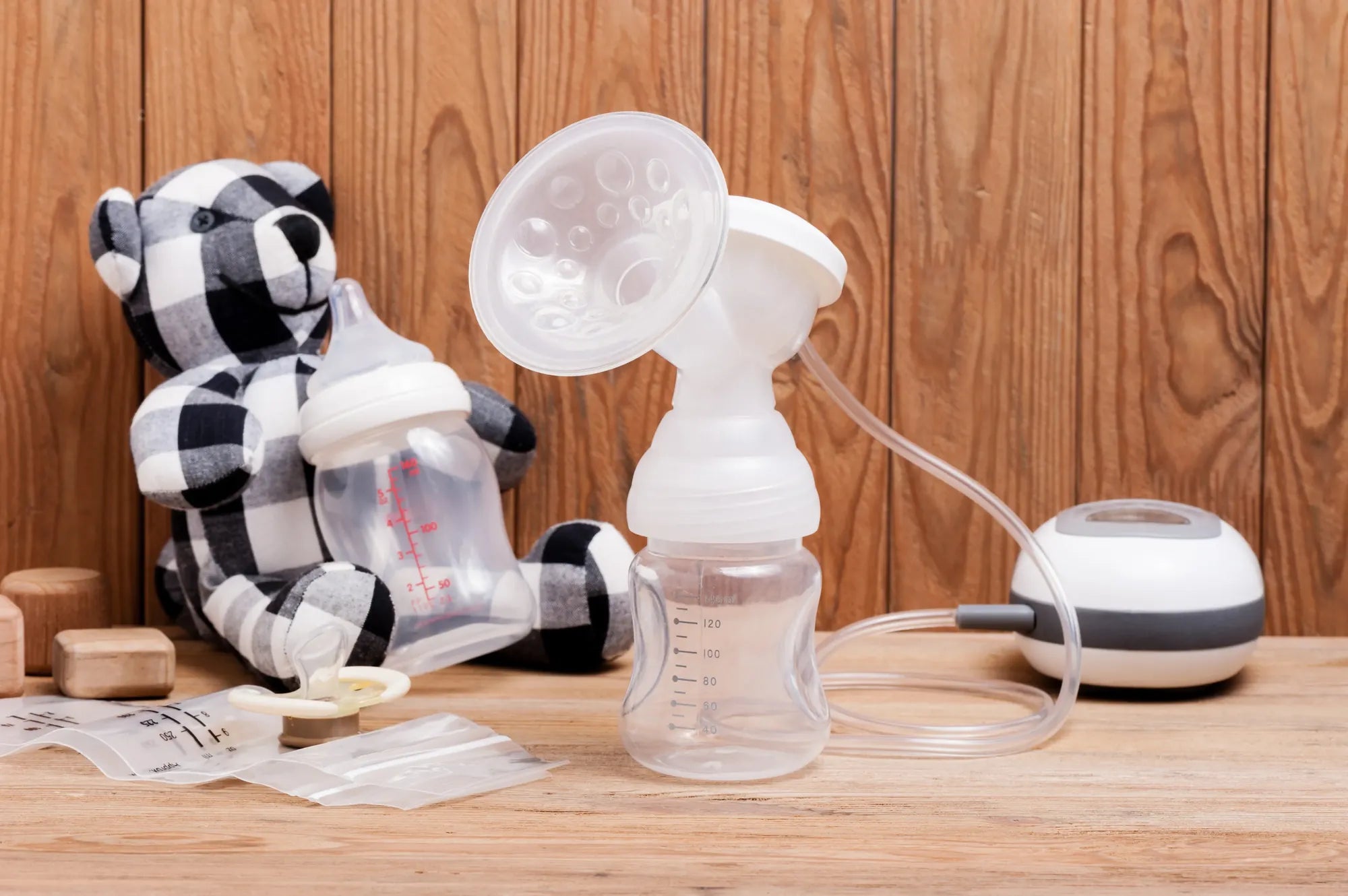Home
Pregnancy, Breastfeeding, and Pumping: The Ultimate Guide for Moms
Can Breast Milk Go Bad After Pumping? Everything You Need to Know

Can Breast Milk Go Bad After Pumping? Everything You Need to Know
Breast milk is often referred to as liquid gold, and for good reason. It provides essential nutrients and antibodies that are crucial for a baby's growth and development. However, one common concern among parents is whether breast milk can go bad after pumping. Understanding how to store and handle breast milk properly is key to ensuring its safety and quality.
What Happens to Breast Milk After Pumping?
Once breast milk is expressed, it begins to undergo changes. Freshly pumped breast milk contains live cells, enzymes, and antibodies that are beneficial for the baby. However, exposure to air, temperature fluctuations, and time can affect its composition. Proper storage is essential to preserve its nutritional value and prevent spoilage.
How Long Does Breast Milk Last?
The shelf life of breast milk depends on how it is stored. Here are general guidelines:
- Room Temperature: Freshly pumped breast milk can be kept at room temperature (up to 77°F or 25°C) for about 4 hours. In cooler environments, it may last up to 6 hours.
- Refrigerator: When stored in the refrigerator at 40°F (4°C) or lower, breast milk can last up to 4 days.
- Freezer: In a standard freezer, breast milk can be stored for up to 6 months. In a deep freezer, it can last up to 12 months.
It's important to label containers with the date and time of pumping to ensure you use the oldest milk first.
Signs That Breast Milk Has Gone Bad
While breast milk is generally safe when stored properly, there are signs that indicate it may have spoiled:
- Unpleasant Smell: Fresh breast milk has a mild, slightly sweet smell. If it smells sour or rancid, it may have gone bad.
- Change in Color: Breast milk can vary in color, but a significant change, such as a yellowish or brownish hue, may indicate spoilage.
- Separation: It's normal for breast milk to separate into layers. However, if it remains clumpy or chunky after gentle swirling, it may be spoiled.
- Off Taste: If you taste the milk and it has a sour or metallic flavor, it's best to discard it.
Factors That Affect Breast Milk Quality
Several factors can influence whether breast milk goes bad after pumping:
- Storage Containers: Using clean, airtight containers specifically designed for breast milk storage can help maintain its quality.
- Temperature Control: Keeping breast milk at a consistent temperature is crucial. Avoid leaving it out in warm environments or exposing it to direct sunlight.
- Hygiene: Proper handwashing and cleaning of pumping equipment can prevent contamination.
- Freezing and Thawing: Repeated freezing and thawing can degrade the quality of breast milk. It's best to store it in small portions to avoid waste.
Tips for Safe Breast Milk Storage
To ensure your breast milk remains safe and nutritious, follow these tips:
- Use Clean Equipment: Always wash your hands and sterilize pumping equipment before use.
- Store in Small Portions: This minimizes waste and makes it easier to thaw only what you need.
- Avoid Mixing Temperatures: Do not add freshly pumped milk to already chilled or frozen milk. Cool the new milk in the refrigerator first.
- Thaw Safely: Thaw frozen breast milk in the refrigerator or by placing the container in warm water. Avoid using a microwave, as it can create hot spots and destroy nutrients.
What to Do If You Suspect Spoilage
If you notice any signs that breast milk may have gone bad, it's better to err on the side of caution and discard it. Feeding spoiled milk to your baby can lead to digestive issues or illness. Always trust your instincts and prioritize your baby's health.
Breast milk is a valuable resource, but its quality depends on how it's handled and stored. By following proper guidelines, you can ensure that your baby receives the best nutrition possible. Remember, when in doubt, it's always better to be safe than sorry.
Share

